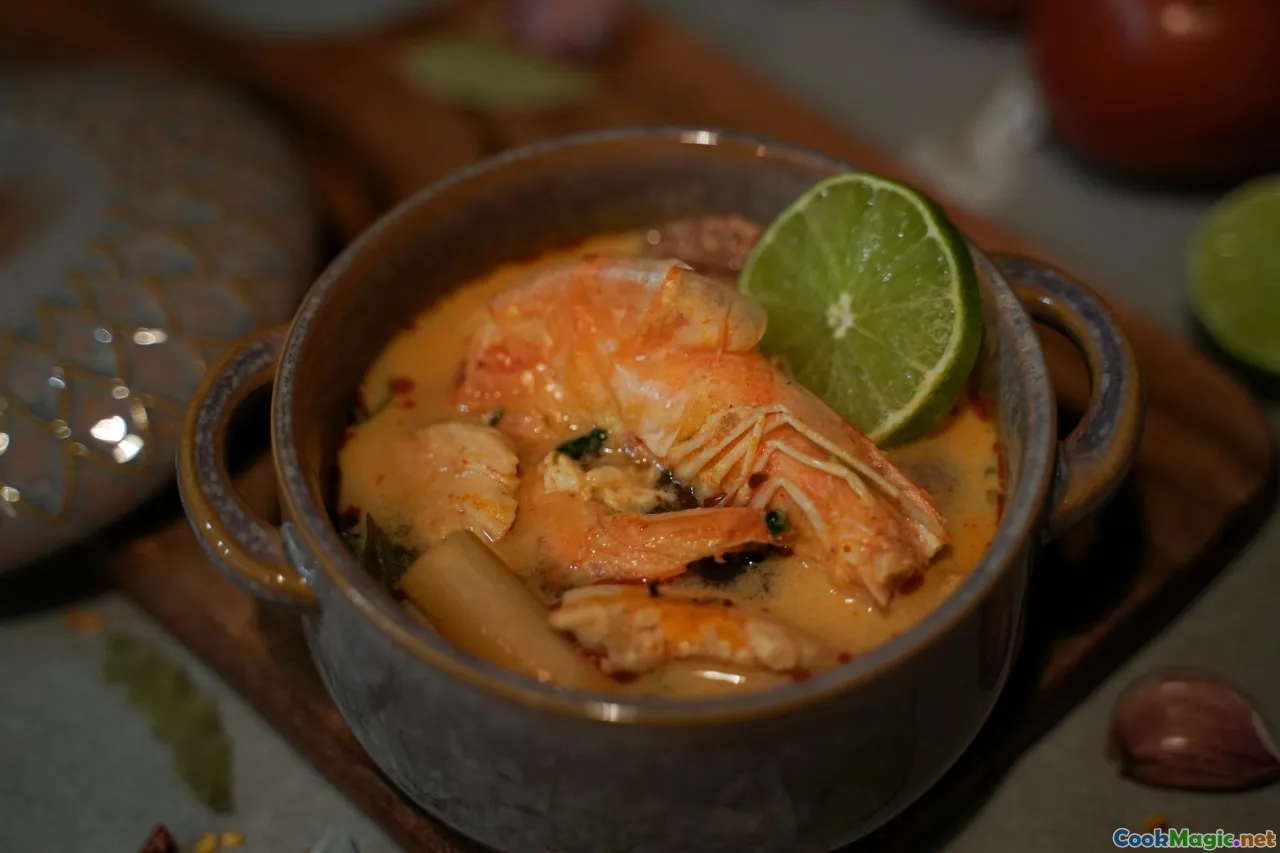Using Fresh Coconut in Guyanese Cooking
8 min read Discover the vibrant role of fresh coconut in Guyanese cooking, exploring its cultural significance, recipes, and sensory delights. April 29, 2025 13:55
Using Fresh Coconut in Guyanese Cooking
Introduction: The Heartbeat of Guyanese Flavor
Imagine walking through a bustling market in Georgetown, the air thick with the aroma of spices, ripe tropical fruits, and the unmistakable scent of freshly grated coconut. Guyanese cuisine is a mosaic of flavors, colors, and traditions, and at its core lies the humble yet mighty coconut. This tropical treasure isn’t just an ingredient; it’s a cultural emblem, a symbol of community, history, and resilience.
In Guyana, coconut is woven into the fabric of everyday life—from festive celebrations to family meals. Using fresh coconut in Guyanese cooking isn’t merely about adding flavor; it’s an act of preserving heritage, honoring ancestors, and embracing the island’s lush, tropical environment. Let’s embark on a sensory journey into the vibrant world of Guyanese culinary traditions, exploring how fresh coconut elevates dishes to new heights.
The Cultural Significance of Coconut in Guyana
A Tradition Rooted in History
Coconut has been a staple in Guyanese households for centuries, brought over by indentured laborers, traders, and settlers from India, Africa, and the Caribbean. Each community adapted coconut to fit their unique tastes and cultural practices, resulting in a rich tapestry of recipes and culinary techniques.
Throughout history, coconut has symbolized prosperity and hospitality in Guyana. From the moment a guest arrives, offering fresh coconut water or a sweet coconut dessert is a gesture of warmth and friendship. The coconut tree itself is often called the "Tree of Life"—a fitting moniker given its versatility.
Cultural Celebrations and Culinary Traditions
Festivals such as Diwali, Eid, and local harvest celebrations feature coconut prominently. Sweet treats like coconut ladoos, coconut sweetmeats, and coconut choka are prepared with fresh, grated coconut, highlighting its importance.
In rural villages, coconut palms line the landscape, and coconut milk is used in everyday cooking—stews, rice dishes, and even beverages—embodying a deep connection between the land and its people.
The Art of Harvesting and Preparing Fresh Coconut
Selecting the Perfect Coconut
Choosing a fresh coconut is an art in itself. Look for coconuts that feel heavy for their size, indicating high water content. Shake the coconut; you should hear the water sloshing inside. The outer husk should be green or brown depending on maturity, with no mold or cracks.
Opening a Coconut
Opening a fresh coconut requires patience and skill. Using a sharp cleaver or a specialized coconut opener, pierce the eyes to drain the water into a bowl—this is the pure, refreshing coconut water that can be enjoyed as a drink or used as a base for smoothies.
Next, carefully crack the shell along the natural lines or with a hammer, revealing the white flesh inside. The flesh can be sliced, grated, or blended depending on the recipe.
Grating and Processing
Fresh grated coconut is the cornerstone of many Guyanese dishes. Using a traditional hand grater, or a modern food processor, process the coconut flesh until fine. Fresh coconut can be stored in the fridge for a few days or frozen for longer preservation.
Culinary Applications of Fresh Coconut in Guyanese Dishes
1. Coconut Choka: The Traditional Sides
A simple yet flavorful dish, coconut choka combines grated coconut with roasted peppers, onions, and a splash of lime. The smoky flavor from roasting creates a depth of flavor that complements rice and curry.
2. Fish and Coconut Stew
Fresh coconut milk is the base for a rich, aromatic stew featuring local fish like tilapia or catfish. The coconut milk adds creaminess, balancing the heat from spices like turmeric, ginger, and scotch bonnet peppers.
3. Roti and Curry
Guyanese roti served with curried meats or vegetables often includes shredded fresh coconut in the dough or as a garnish, adding a subtle sweetness and texture.
4. Coconut Rice
Infused with coconut water and grated coconut, this vibrant rice dish is fragrant, moist, and perfect alongside spicy stews or grilled meats.
5. Sweets and Desserts
From coconut ladoos to sweet coconut balls, fresh coconut is integral to Guyanese confections. Combining grated coconut with jaggery or honey creates irresistible treats.
Personal Reflections and Tips
Having grown up in a Guyanese household, I can attest that nothing compares to the flavor of freshly grated coconut. The aroma alone transports me back to my grandmother’s kitchen, where she would carefully open coconuts and prepare a feast.
A tip for home cooks: always use fresh coconut when possible. The flavor is vibrant, the texture is superior, and it’s a true taste of Guyana’s tropical bounty. If fresh coconuts are unavailable, high-quality frozen grated coconut or coconut milk can serve as suitable substitutes, but nothing beats the real thing.
Pairing and Serving
Serve coconut-based dishes with fresh lime wedges, hot pepper sauce, and a side of fried plantains or cassava for a full Guyanese experience. Pairing the creamy coconut dishes with a cool, refreshing beverage like sorrel or ginger beer completes the feast.
Final Thoughts: Celebrating Coconut’s Versatility
Coconut is more than an ingredient in Guyanese cuisine; it’s a symbol of resilience, community, and the lush tropical environment that sustains the nation. Using fresh coconut in your cooking not only elevates your dishes but also connects you to a rich cultural heritage.
So next time you crack open a coconut, remember—you’re partaking in a centuries-old tradition that binds generations together through the universal language of food. Embrace the flavors, savor the textures, and celebrate the vibrant culinary tapestry of Guyana.
Nurture your culinary curiosity, and let fresh coconut be your gateway to exploring the rich, tropical flavors of Guyanese cuisine!









